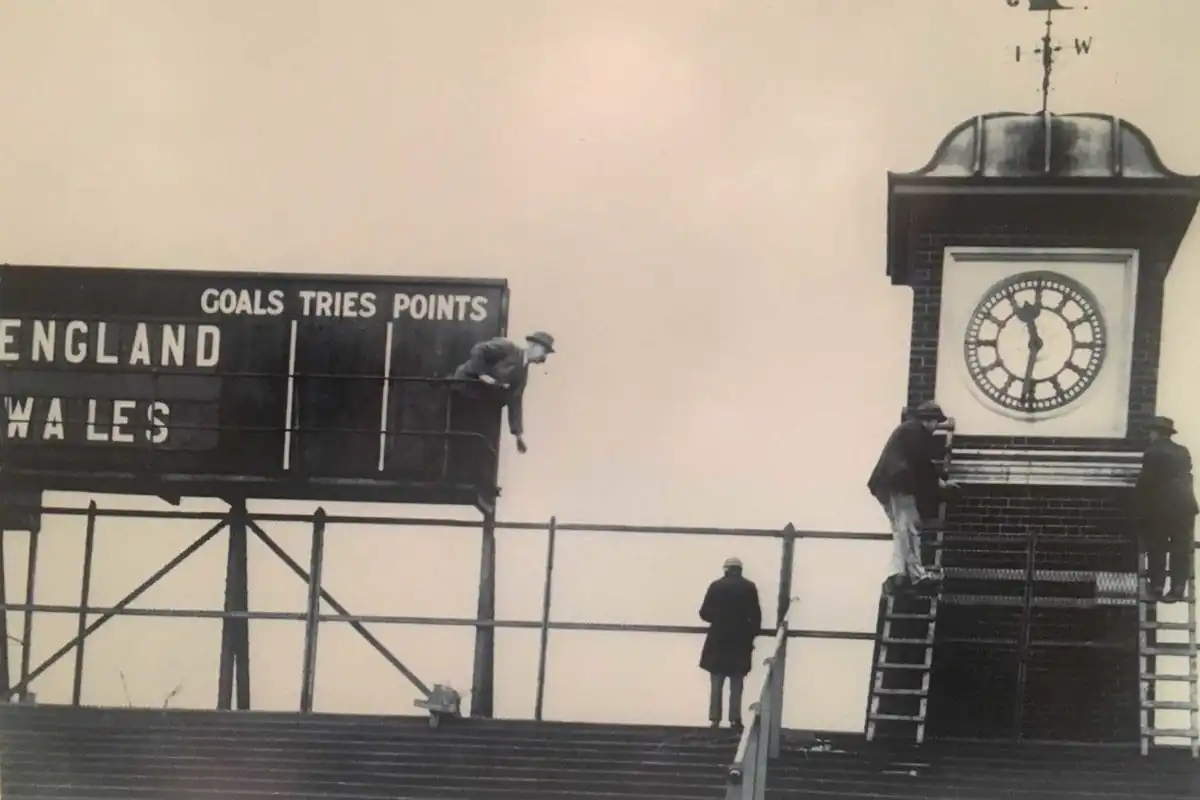
An annual international rugby union and a highlight on the calendar for every rugby fan, the Six Nations Championship is a competition between the six highest ranked rugby teams in Europe – England, France, Ireland, Italy, Scotland and Wales.
The beginnings of the Six Nations can be traced back to the first time England and Scotland played a rugby union – all the way back in 1871. Years went by with occasional friendly matches taking place between the teams, until the Home International Championship started in 1883, with England, Ireland, Scotland and Wales taking part.
The Home International Championship became the Five Nations Championship when France joined the tournament. However, the Five Nations was suspended during the First World War, and later the tournament became the Home International Championship again when France were ejected in 1931. The championship stopped again during the Second World War, recommencing in 1947 as the Five Nations when France were re-admitted.
In 1993, a Five Nations trophy was introduced – the first time a physical reward was presented at the competition. The inside of the trophy is gold plated to protect it from corroding from the champagne that habitually fills it! The Wooden Spoon Award is also given to the team who finishes last in the competition…
It was only in 2000 when the Six Nations started, when Italy joined the competition. Although Scotland were the last team to win the Five Nations in 1999, they have not yet won the Six Nations. The current champions – Wales – also hold the overall record, with a total of 39 outright victories. England is hot on the heels of Wales, with 38 outright victories.
The home of the rugby union is Twickenham Stadium, and this spot also has a captivating history. The land was purchased by the Rugby Football Union in 1907 for £5,500. Formerly a market garden where cabbages were grown, the ‘Cabbage Patch’ remains the nickname for Twickenham Stadium to this day! A number of enthralling rugby matches were played here until the First World War, when the grounds were used to keep grazing cattle, horses and sheep. Rugby resumed again after the war finished.
As rugby’s following increased over the years, Twickenham Stadium has grown from being a 20,000 spectator venue in the early 1900s, to having an 82,000 person capacity today. When rugby isn’t being played at Twickenham Stadium, internationally-famed musicians play at the venue, while the World Rugby Museum is open Tuesdays to Sundays (except match days).